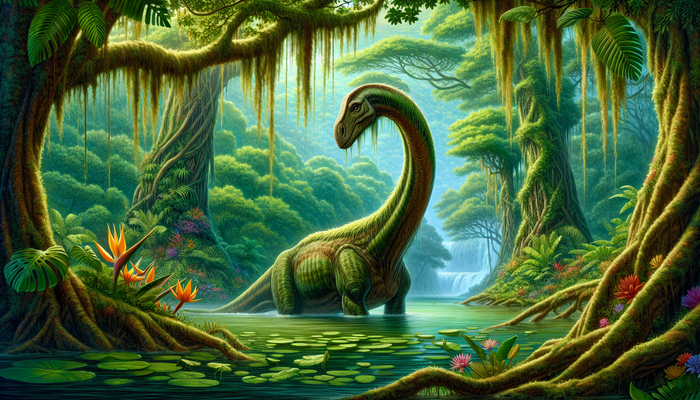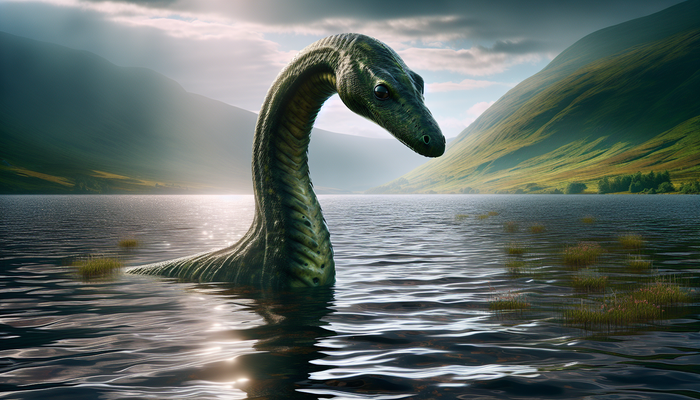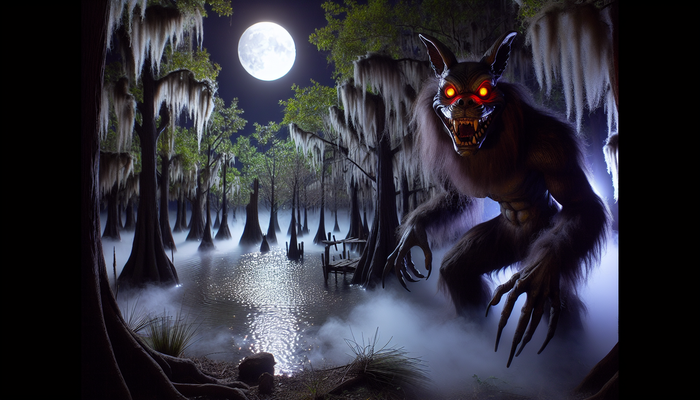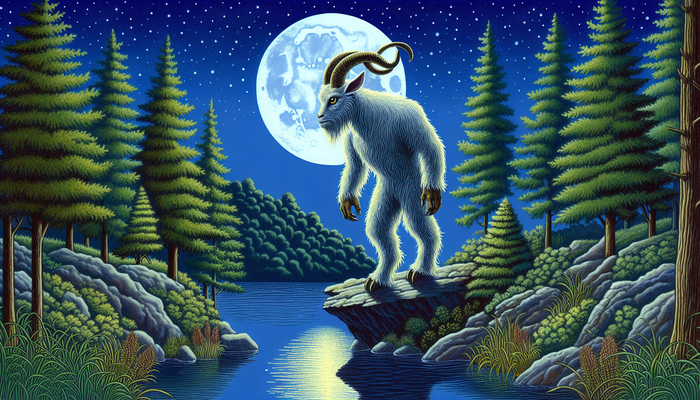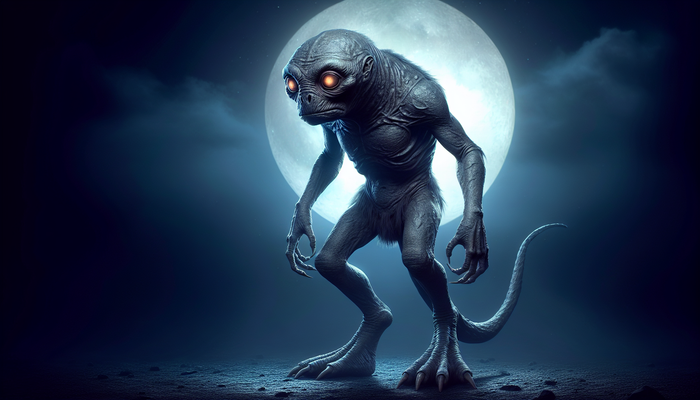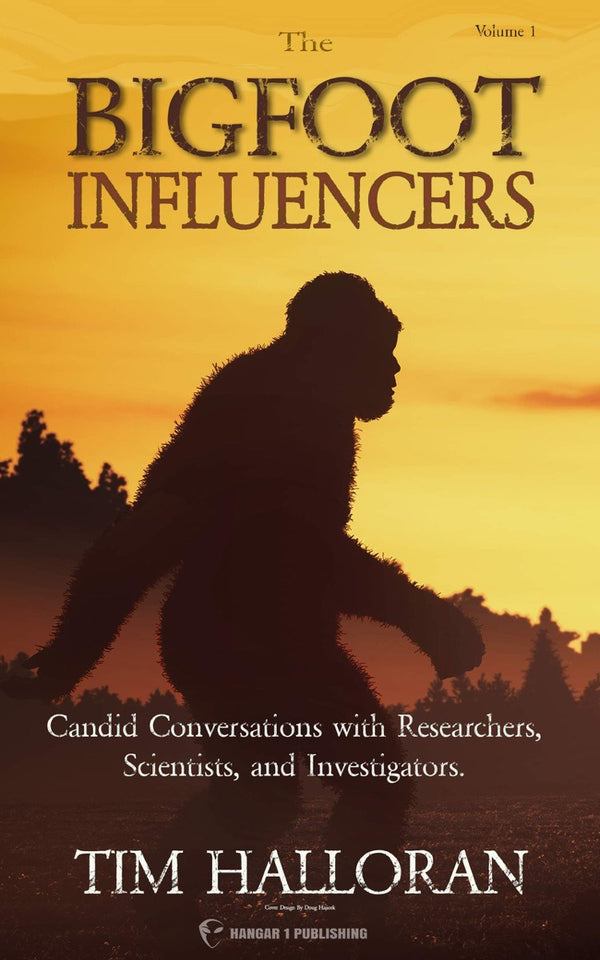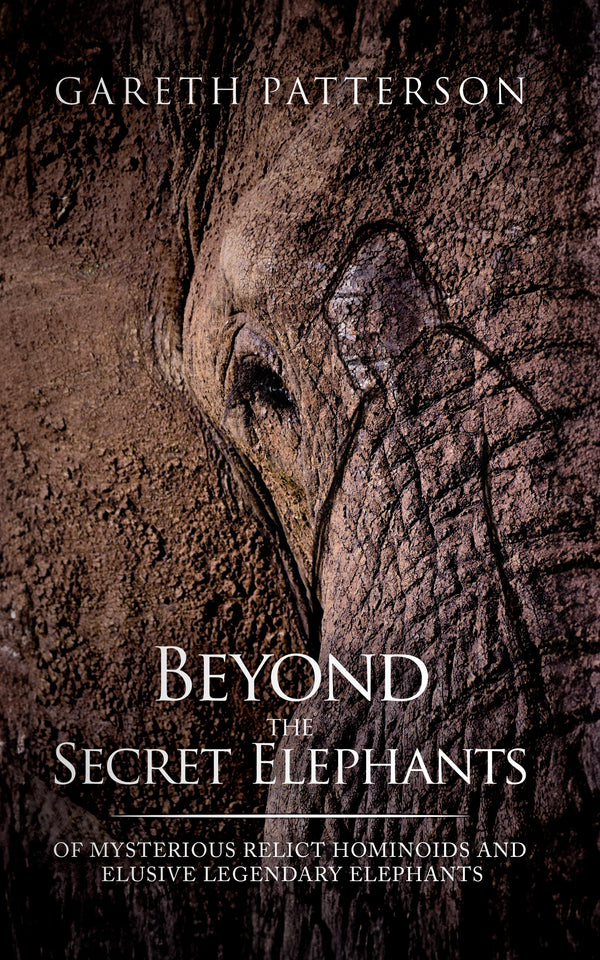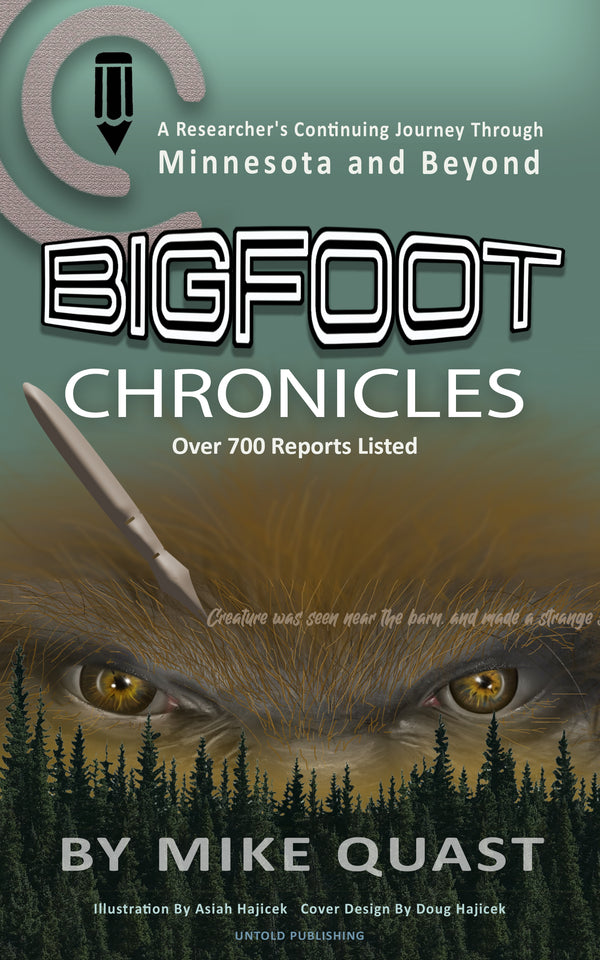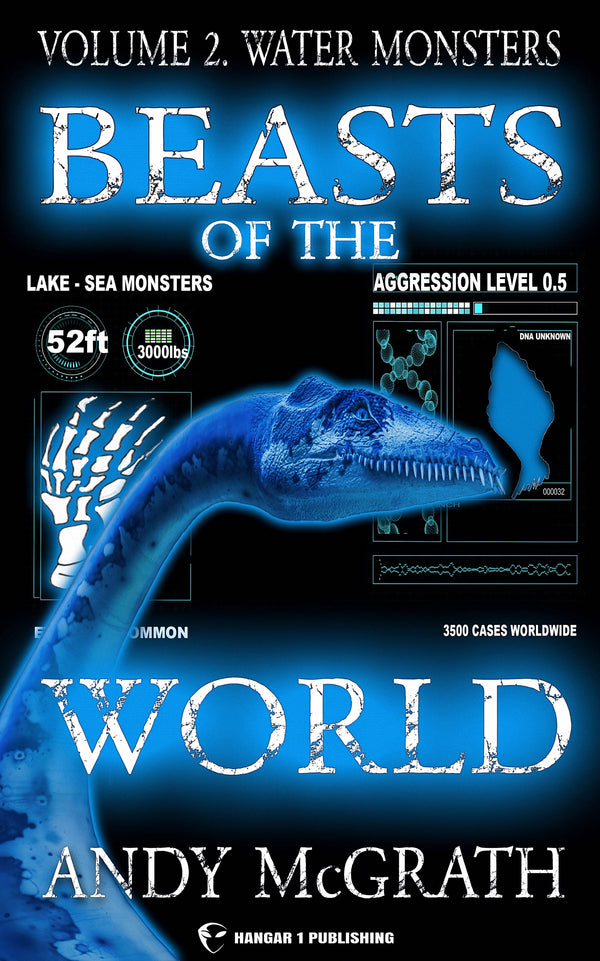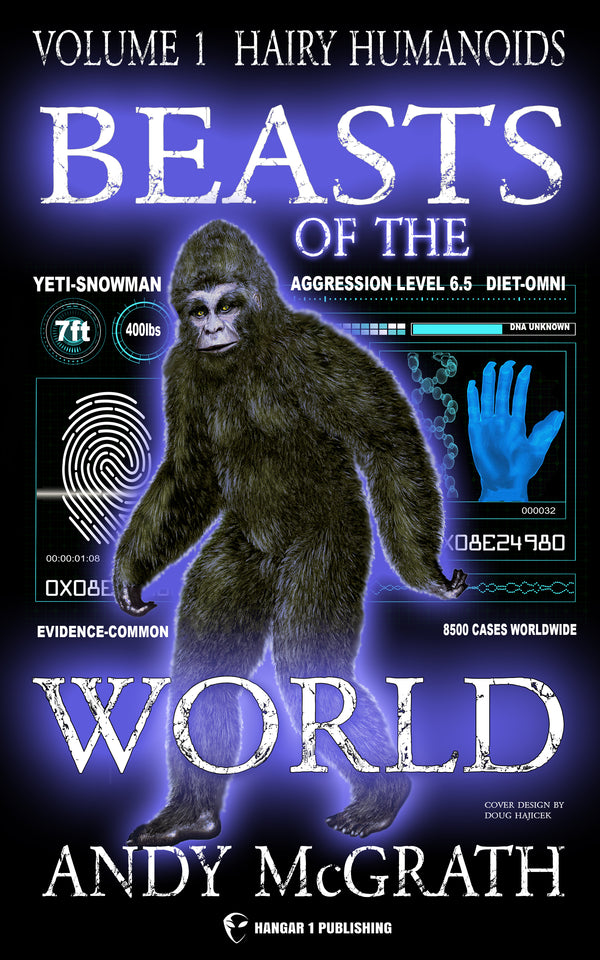A Captivating Exploration of Bigfoot Anatomy
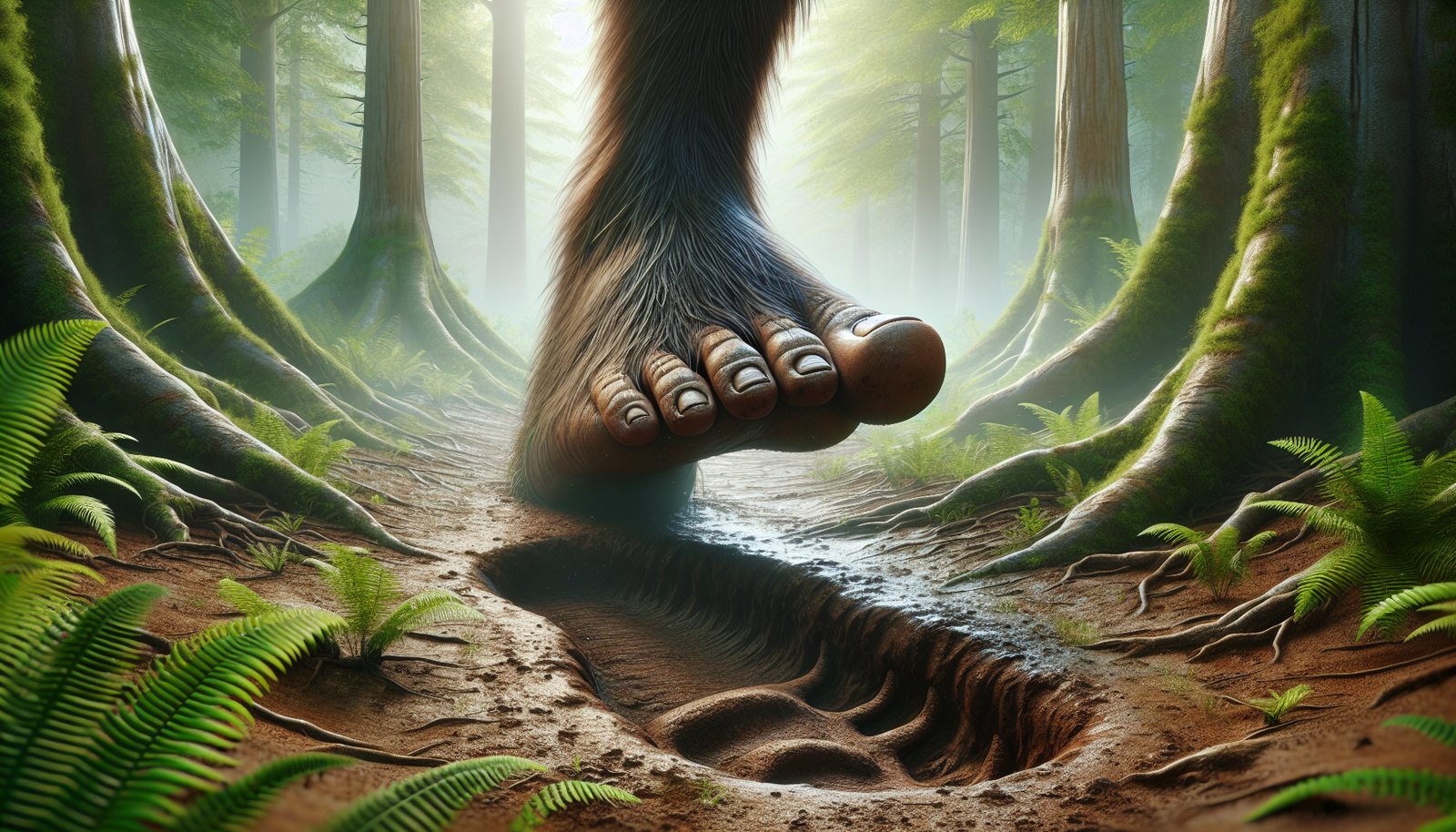
By James Roberts, Cryptozoologist and Tour Guide
There's something about the unknown that ignites a fire in the human spirit. It's a spark that's driven explorers to the ends of the earth, scientists to the edges of the universe, and, in my case, into the heart of the wilderness in search of one of the most enduring mysteries of our time: Bigfoot.
For decades, this elusive creature has captured the imagination of millions. It's a fascination that transcends age, culture, and even belief. Whether you're a die-hard cryptozoology enthusiast or a skeptical observer, there's no denying the allure of the Sasquatch enigma.
But amidst the hype, the hoaxes, and the Hollywood portrayals, there's a more profound question that often gets overlooked: What exactly is Bigfoot? Not in terms of myth or legend, but in terms of biology, of anatomy, of evolutionary history.
This is the question that's driven my own obsession with the creature. As a wildlife researcher and guide, I've spent countless hours in the forests of the Pacific Northwest, tracking, observing, and documenting. And while I've never had the fortune (or misfortune, depending on your perspective) of a direct encounter, I've come across my fair share of intriguing evidence.
But it's not just the footprints or the fleeting glimpses that fascinate me. It's the implications of what Bigfoot represents. If this creature is real, it's not just another animal; it's a seismic shift in our understanding of the natural world. It's a living, breathing challenge to everything we thought we knew about human evolution, about primate diversity, about the very limits of what's possible.
So, let's dive in. Let's examine the clues, the theories, and the speculations. Let's piece together a portrait of Bigfoot, not as a monster or a myth, but as a biological entity. Let's unravel the enigma, one anatomical detail at a time.
The Face of Bigfoot
Close your eyes and picture Bigfoot. What do you see? For most people, the image that comes to mind is a hulking, hairy humanoid with a distinctly ape-like face. But is this an accurate depiction, or just a product of popular culture?
To get a clearer picture, we need to turn to the eyewitness accounts. These are the reports from individuals who claim to have seen Bigfoot up close, often in startling detail. And while the specifics vary, there are some consistent themes that emerge.
First and foremost, Bigfoot is described as having a face that is simultaneously human-like and distinctly not human. The brow ridge is often prominent, giving the eyes a deep-set, shadowed appearance. The nose is broad and flat, the mouth wide with surprisingly thin lips. In some reports, the face is said to be covered in short, bristly hair, while in others, it's described as bare, with skin that is dark and leathery.
Interestingly, there seems to be a degree of sexual dimorphism in Bigfoot facial features. Males are often reported to have more pronounced brow ridges and larger, more robust jaws. Some even describe a sagittal crest - a bony ridge running along the top of the skull that serves as an anchor for powerful jaw muscles.
This last detail is particularly intriguing from an evolutionary perspective. Sagittal crests are a feature we see in some of our primate cousins, most notably male gorillas. In these animals, the crest is an adaptation for extreme bite force, allowing them to crush tough vegetation and intimidate rivals.
So, what does this tell us about Bigfoot? If these eyewitness reports are accurate, it suggests a creature that is adapted for a heavily vegetarian diet, perhaps supplemented with the occasional meat. It also hints at a social structure where males compete for dominance, possibly through dramatic physical displays.
Of course, we have to take these accounts with a grain of salt. Eyewitness testimony is notoriously unreliable, especially in high-stress situations. And the variability in descriptions suggests that either Bigfoot facial morphology is highly diverse, or that witnesses are projecting their own expectations and biases onto their sightings.
Still, the consistency of certain features - the brow ridge, the flat nose, the wide mouth - is compelling. It's enough to make you wonder: What evolutionary pressures could give rise to such a unique combination of traits? What kind of environment would favor a bipedal primate with a face that is at once so familiar and so strange?
These are the questions that keep me up at night, that drive me deeper into the wilderness in search of answers. Because if we can unlock the secrets of Bigfoot's face, we might just gain a window into an entirely new chapter of our evolutionary story.
A Body Built for the Forest
If Bigfoot's face is a puzzle, then its body is a marvel of engineering. To understand how this creature could survive, even thrive, in the dense forests of North America, we need to examine its anatomy from head to toe.
Let's start with the basics: size. Eyewitness reports and footprint casts suggest that Bigfoot is a true giant among primates. The average height estimate falls between 7 and 8 feet, with some reports claiming encounters with individuals over 10 feet tall. To put that in perspective, the tallest recorded human was Robert Wadlow, who stood at 8 feet 11 inches. The tallest living primate is the Eastern lowland gorilla, which maxes out around 6 feet when standing upright.
But height is only half the story. To get a sense of Bigfoot's mass, researchers have turned to an unlikely source: footprints. By analyzing the depth and distribution of pressure in these impressions, it's possible to estimate the weight of the creature that made them. And the results are staggering.
Conservative estimates put Bigfoot's weight in the range of 500 to 1000 pounds. That's not just big; that's grizzly bear big. In fact, it's approaching the size of some extinct giant sloths and other "megafauna" that once roamed the Americas.
So, how does a bipedal primate support such incredible bulk? The answer lies in its skeletal structure and musculature.
Eyewitness accounts often describe Bigfoot as having a barrel-shaped torso, with shoulders that are massively broad. Some reports suggest that the width of the shoulders can be as much as 40% of the creature's total height. For comparison, the average human shoulder width is only about 25% of height.
This broad, robust build is exactly what you'd expect for a creature adapted to life in the forest. Wide shoulders and a deep chest provide ample attachment points for powerful muscles, allowing Bigfoot to navigate rough terrain, climb trees, and even break through dense underbrush.
The arms are another key adaptation. In many reports, Bigfoot's arms are described as being incredibly long, sometimes reaching down to the knees. This is a trait we see in other primates, particularly those adapted for an arboreal lifestyle. Longer arms provide a greater reach for grasping branches and a more efficient pendulum for swinging through the canopy.
But Bigfoot is no gibbon. Its hands, based on the limited evidence we have, are massive, with thick fingers and a thumb that may be positioned lower on the wrist than in humans. This suggests a hand that is incredibly powerful, perhaps adapted for digging, tearing, or grappling.
Moving down the body, we come to the hips and legs. Here, the evidence is a bit more sparse, but what we do have is intriguing. Some footprint casts show a slight inward turn of the feet, which could indicate a unique hip structure that allows for more efficient walking over long distances.
The legs themselves are often described as being incredibly muscular, with calves and thighs that are disproportionately large compared to humans. This makes sense for a creature that needs to support immense weight and generate significant power with each stride.
All of these anatomical features paint a picture of a creature that is perfectly adapted to its forest habitat. Its broad, barrel-shaped torso provides stability and power. Its long arms allow for efficient climbing and foraging. And its massive legs and feet are built for covering vast distances over rugged terrain.
But perhaps the most impressive aspect of Bigfoot's anatomy is how all of these features work together. This isn't just a random assortment of adaptations; it's a finely tuned system, a body built for the specific challenges of a life in the wilderness.
As a wildlife researcher, I can't help but be in awe of such a design. It's a testament to the power of evolution, to the incredible diversity of forms that nature can dream up. And it's a reminder that, for all our technological advancements, there are still creatures out there that are perfectly suited to their environments in ways we can barely imagine.
The Curious Case of Bigfoot's Feet
No discussion of Bigfoot anatomy would be complete without a deep dive into the creature's most famous feature: its feet. After all, it's these gigantic, mysterious footprints that have driven much of the search for Sasquatch over the years.
As a researcher, I've had the privilege of examining dozens of alleged Bigfoot footprint casts. These casts, often made from plaster or silicone, provide a detailed, three-dimensional record of the impressions left behind by the creature.
The first thing that strikes you about these prints is their sheer size. The average length falls between 15 and 17 inches, with some casts exceeding 20 inches. For comparison, the average adult male human foot is about 10.5 inches long.
But it's not just the length that's impressive; it's the width. Bigfoot prints are often astonishingly broad, with ball widths that can exceed 8 inches. This is a foot that is adapted for stability, for distributing immense weight over a large surface area.
Looking closer, there are several unique anatomical features that set Bigfoot prints apart from human feet. Perhaps the most striking is the lack of an arch. In almost every cast I've examined, the foot is flat from heel to toe, with no discernible arch in the midfoot region.
This is a significant deviation from the human foot, where the arch plays a crucial role in shock absorption and propulsion during walking and running. In Bigfoot, the lack of an arch suggests a different kind of locomotion, one that is perhaps more shuffling or flat-footed.
Another curious feature is the presence of a "double ball" in some prints. This is an area of increased depth and pressure at the base of the big toe, often with a secondary impression behind it. Some researchers have suggested that this could be evidence of a flexible midfoot, similar to what we see in great apes.
In these primates, the midfoot is not as rigid as in humans, allowing for greater grasping ability and more efficient climbing. If Bigfoot does indeed have a flexible midfoot, it could be an adaptation for navigating uneven terrain and perhaps even for occasional arboreal behavior.
Moving on to the toes, we see yet more intriguing deviations from the human norm. In many prints, the toes are splayed and uniform in length, quite different from the tapered, descending toe pattern of humans. The big toe, in particular, is often more in line with the other toes, rather than being angled inward as it is in our feet.
This toe arrangement could provide a wider, more stable base for walking, and could also be an adaptation for gripping and pushing off from soft substrates like mud or snow. In some casts, there are even what appear to be knuckle impressions behind the toes, suggesting a level of flexibility and grasping ability that is more ape-like than human.
Perhaps the most tantalizing detail found in some high-quality prints is the presence of dermal ridges. These are the fine lines and patterns that make up fingerprints and toe prints, and they are a hallmark of primate skin.
In a few rare cases, researchers have identified dermal ridges in Bigfoot prints that are strikingly similar to those found in human and ape feet. This is a detail that would be incredibly difficult to hoax, and it's one of the strongest pieces of evidence suggesting that these prints were made by a living, biological entity.
Of course, for every compelling print, there are dozens of others that are more ambiguous or even outright hoaxes. Separating the signal from the noise is a constant challenge in Bigfoot research, and it requires a critical eye and a willingness to follow the evidence wherever it leads.
But for me, the feet remain the most compelling aspect of the Bigfoot mystery. They are a tangible, physical record of an animal that, if it exists, would be a true marvel of evolution. A primate that has adapted to a life of bipedalism in the most challenging of environments, that has developed a foot that is at once familiar and utterly alien.
In those rare, pristine prints, with their crisp edges and intricate details, I see a glimpse of a creature that is not just a legend, but a living, breathing part of our natural world. A creature that, for all our searching, remains tantalizingly out of reach.
The Patterson-Gimlin Film: A Closer Look
No discussion of Bigfoot anatomy would be complete without addressing the most famous piece of evidence in the history of the phenomenon: the Patterson-Gimlin film.
Shot in 1967 by Roger Patterson and Bob Gimlin in the forests of Northern California, this short, shaky film clip has been the subject of intense scrutiny, debate, and controversy for over half a century. And for good reason: if authentic, it represents the best visual evidence of Bigfoot ever captured.
The film, which runs just under a minute, shows a large, hairy, bipedal creature striding across a clearing, glancing back at the camera before disappearing into the tree line. The figure, which has come to be known as "Patty," displays a number of anatomical features that are consistent with eyewitness descriptions of Bigfoot.
First and foremost, Patty is large. Based on analysis of the film and the surrounding landscape, researchers estimate that the creature stands between 6'6" and 7'4" tall, with a weight of around 700 pounds. This puts it squarely in the range of the most robust Bigfoot sightings.
Looking closer, we can see that Patty has a distinctly conical head, with a pointed, crest-like sagittal ridge running from the brow to the back of the skull. This is a feature that is commonly reported in Bigfoot encounters, and it's one that is not easily replicated with a costume or suit.
Another striking aspect of Patty's anatomy is the presence of visible breasts. This, along with the lack of visible genitalia, has led many researchers to conclude that the film depicts a female Bigfoot. If true, this would be a significant data point, as it would suggest that Bigfoot is not just a solitary wanderer, but a species with a reproductive population.
Moving down the body, we see that Patty has long, powerful arms that hang down to nearly knee level. This is consistent with the idea of Bigfoot as a creature adapted for a life of climbing and foraging in the forest canopy.
The legs are equally impressive, with muscular thighs and calves that ripple and flex with each step. Patty's gait is also noteworthy - it's a fluid, almost loping stride that seems to eat up ground effortlessly. Some researchers have suggested that this could be evidence of a unique hip structure, one that allows for more efficient bipedal locomotion over long distances.
From Bigfoot to UFOs: Hangar 1 Publishing Has You Covered!
Explore Untold Stories: Venture into the world of UFOs, cryptids, Bigfoot, and beyond. Every story is a journey into the extraordinary.
Immersive Book Technology: Experience real videos, sights, and sounds within our books. Its not just reading; its an adventure.


